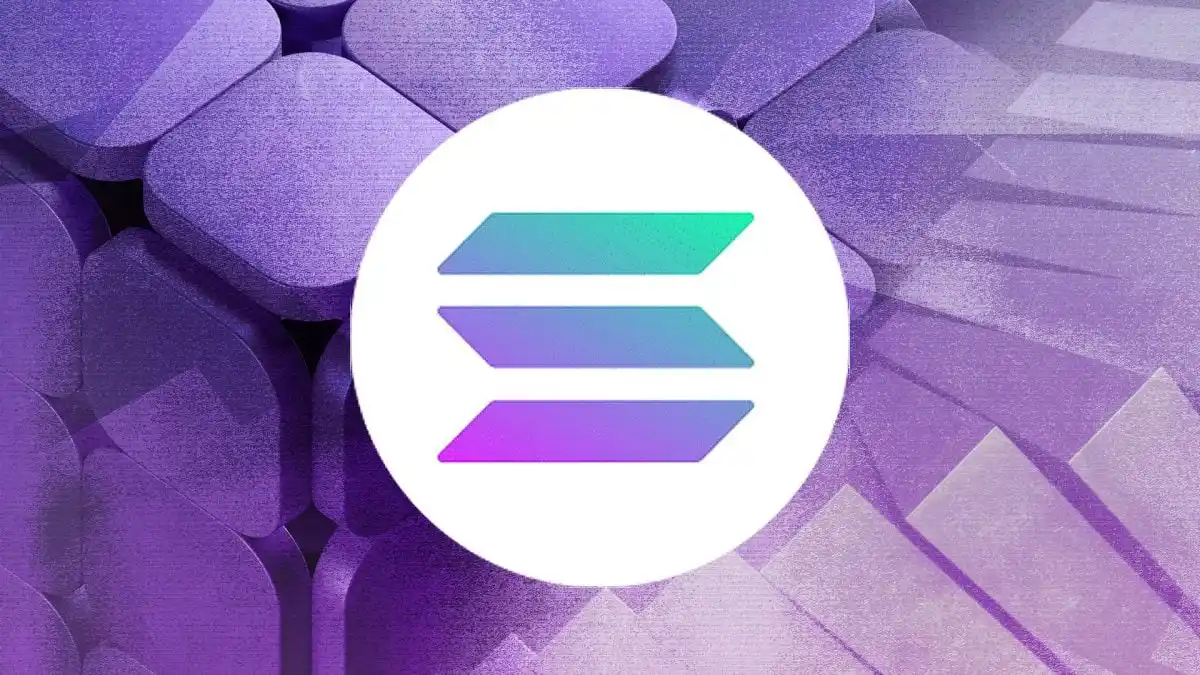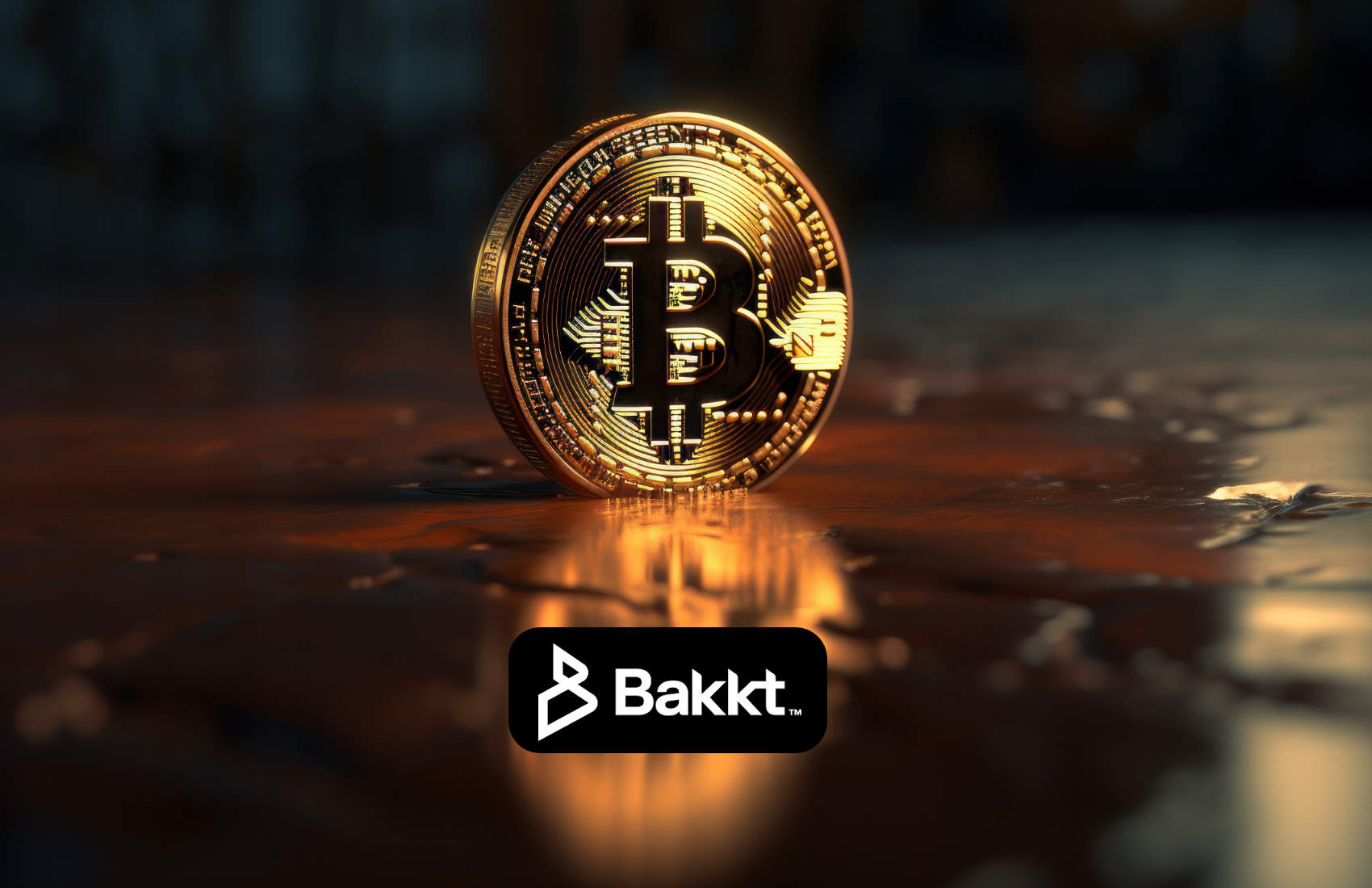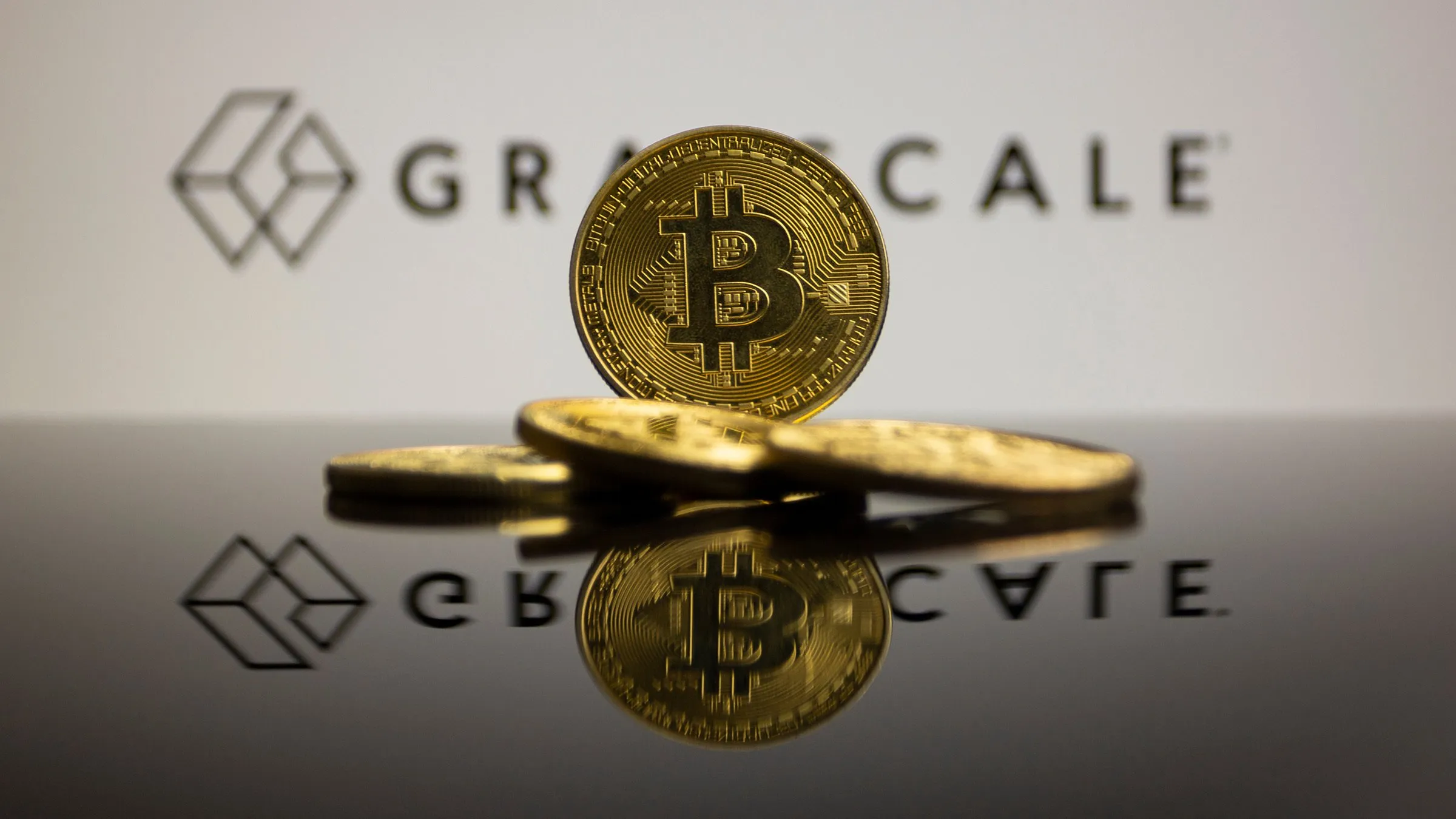Cross border payments: Citi spotlights DLT. FSB reports on G20 progress
From Ledger Insights

During the past week Citi and the Financial Stability Board (FSB) have published separate reports on cross border payments. Both papers explore G20 targets for improving cross border payments. Unfortunately, 2024 speed figures were worse than 2023 for wholesale, retail and remittance payments, largely reflecting more accurate data. Citi’s report highlights that fintechs expect to gain 10% in market share from banks in the next two to five years. Its survey shows that DLT is one tool to address the pain points, but more in the medium term.
G20 cross border payment speed bumps
The G20’s targets for 2027 are multifaceted, including improving speed, cost, transparency and access. After improvements last year, the speed statistics have gone backwards in 2024. For wholesale payments, this has more to do with some calculation changes by Swift. The others seem to boil down to more accurate data in 2024.

For example, 99.6% of North American B2P payments settled in one day in 2023, but the figure collapsed to 46.3% in 2024. Similarly, in South Asia, the one day figure went from close to 100% in 2023 to just over 20% in 2024. The explanation for the American figure was that far more payment providers shared speed data compared to 2023. However, the data reported comes from less than a quarter of payment providers. That could mean as more providers share data, the statistics might get worse.
Given stablecoins are becoming more user friendly, we’d observe that retail figures like those in the table could drive greater adoption of stablecoins , unless banks and payment service providers move faster.
The role of blockchain and tokenization
Numerous blockchain initiatives are in progress to address some of the challenges highlighted by the FSB report. Examples include the BIS Project Agorá with seven central banks and 40 institutions which aims to re-engineer correspondent banking using tokenization. In Asia, mBridge involves five central banks and is already at the minimum viable product stage. It links to banks, but aims to remove the need for correspondent banks.
In the private sector there’s Partior , a joint venture involving DBS, JP Morgan, Standard Chartered and Temasek with similar goals to Agorá. Plus there’s the Regulated Liability Network , which was originally conceived by Citi. Several more of these solutions are explored in our report on tokenized deposits and bank stablecoins.
Citi aims to make a direct contribution on the wholesale front with the launch of its Citi Token Services. However, the solution is not particularly promoted in the report, which briefly covers stablecoins, tokenized deposits and CBDCs.
The authors state, “We believe, efficiency features such as always on operability, atomic settlement and programmability could be embedded into tokenized forms of money to address pain-points of cross-border payments.”
However, it acknowledges that because today’s infrastructure works at scale, building new rails is not a priority and is also disruptive. It requires ‘deep commitment’ from institutions to lean into something like tokenization. However, future requirements will require substantial changes.
DLT can help liquidity demands
One of the requirements explored in the report is the liquidity demands of 24/7 payments. Before the advent of real time payments, liquidity management could be more passive. Now liquidity and credit availability need more attention to prevent failed payments.
“Blockchain or tokenization is also a key solution for liquidity management in enabling the pooling of a client’s or bank’s liquidity buffers, leading to optimized allocation of capital, reduced counterparty risk, and faster settlement times.” In fact, that’s precisely the goal of Citi Token Services for Cash which enables institutions to move money between Citi branches 24/7.
While the wholesale segment dominates cross border payments, the Citi report also highlights the growth potential in the non-wholesale segment, which could grow by almost 50% between now and 2030. However, if banks don’t move fast, a large part of that could go to fintechs, perhaps even stablecoins.

Image Copyright: Citi , Ledger Insights
Disclaimer: The content of this article solely reflects the author's opinion and does not represent the platform in any capacity. This article is not intended to serve as a reference for making investment decisions.
You may also like
Will there be a Solana ETF by the end of 2025?

US CFPB finalizes its rule for large nonbank firms offering digital payments, but excludes crypto

Trump Media in talks to acquire ICE crypto firm Bakkt – report

ETHは1,800.00ドルを下回り、現在は1,799.79ドルで取引されています。


